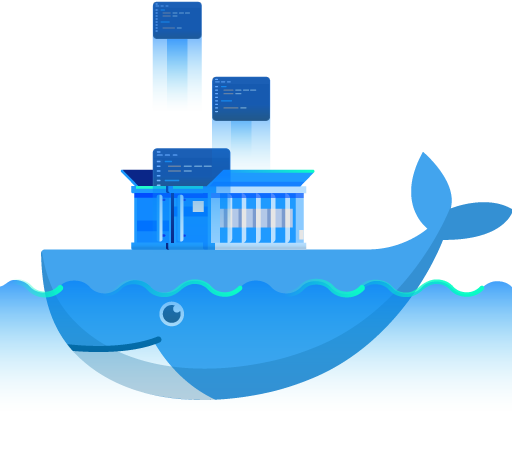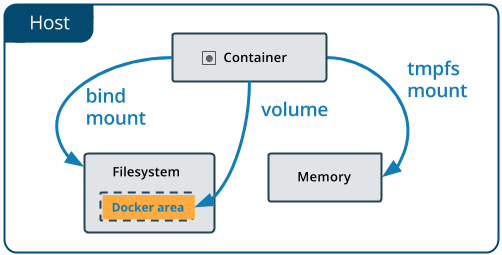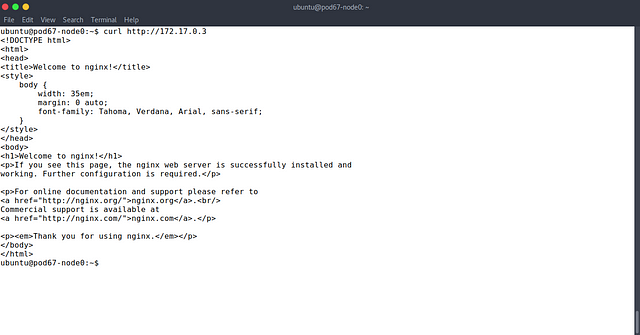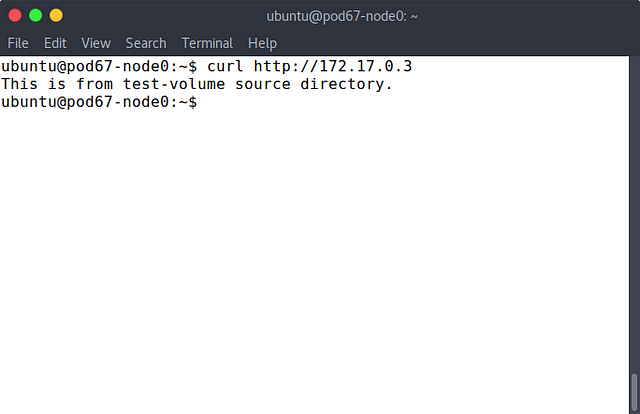
|
|
|
Volumes are the preferred mechanism for persisting data generated by and used by Docker containers. While bind mounts are dependent on the directory structure of the host machine, volumes are completely managed by Docker. Volumes have several advantages over bind mounts:
- Volumes are easier to back up or migrate than bind mounts.
- You can manage volumes using Docker CLI commands or the Docker API.
- Volumes work on both Linux and Windows containers.
- Volumes can be more safely shared among multiple containers.
- Volume drivers let you store volumes on remote hosts or cloud providers, to encrypt the contents of volumes, or to add other functionality.
-
New volumes can have their content pre-populated by a container.
In addition, volumes are often a better choice than persisting data in a container’s writable layer, because a volume does not increase the size of the containers using it, and the volume’s contents exist outside the lifecycle of a given container. source: https://docs.docker.com/storage/volumes/

|
|
|
Create docker volume:
sudo docker volume create test-volume
see volumes
sudo docker volume ls
see volume detail
sudo docker volume inspect test-volume
run container with volume
sudo docker run -d — name=nginxtest -v test-volume:/usr/share/nginx/html nginx:latest
see IP address container
sudo docker inspect nginxtest | grep -i ipaddress

|
|
|
Test browsing app
curl http:172.17.0.3

|
|
|
Create file index.html and move to source volume directory
sudo echo "This is from test-volume source directory." > index.html
sudo mv index.html /var/lib/docker/volumes/test-volume/_data
Then test again

|
|
|
Run container with read only volume
sudo docker run -d — name=nginxtest-rovol -v test-volume:/usr/share/nginx/html:ro nginx:latest
view nginx container detail

|
|
|
Let’s move on to part 2 volume driver is here.
reference : https://docs.docker.com/storage/volumes/
0 comments:
Post a Comment